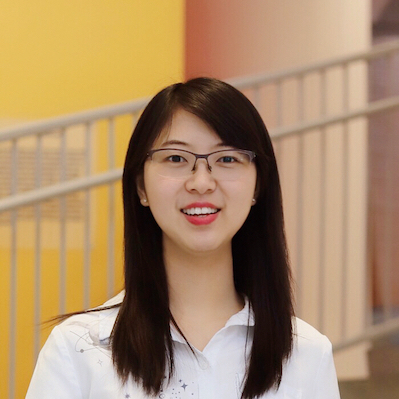Composing Ensembles of Pre-trained Models via Iterative Consensus
Abstract
Large pre-trained models exhibit distinct and complementary capabilities dependent on the data they are trained on. Language models such as GPT-3 are capable of textual reasoning but cannot understand visual information, while vision models such as DALL-E can generate photorealistic photos but fail to understand complex language descriptions.
In this work, we propose a unified framework for composing ensembles of different pre-trained models -- combining the strengths of each individual model to solve various multimodal problems in a zero-shot manner. We use pre-trained models as "generators" or "scorers" and compose them via closed-loop iterative consensus optimization. The generator constructs proposals and the scorers iteratively provide feedback to refine the generated result. Such closed-loop communication enables models to correct errors caused by other models, significantly boosting performance on downstream tasks, e.g. improving accuracy on grade school math problems by 7.5%, without requiring any model finetuning. We demonstrate that consensus achieved by an ensemble of scorers outperforms the feedback of a single scorer, by leveraging the strengths of each expert model. Results show that the proposed method can be used as a general purpose framework for a wide range of zero-shot multimodal tasks, such as image generation, video question answering, mathematical reasoning, and robotic manipulation.
Method
The proposed framework that composes a "generator" and an ensemble of "scorers" through iterative consensus enables zero-shot generalization across a variety of multimodal tasks.

Overview of the proposed unified framework. Dashed lines are omitted for certain tasks. Orange lines represent the components used to refine the generated result.

Image generation: A pre-trained diffusion model is used as the generator, and multiple scorers, such as CLIP and image classifiers, are used to provide feedback to the generator.
Video question answering: GPT-2 is used as the generator, and a set of CLIP models are used as scorers.
Grade school math: GPT-2 is used as the generator, and a set of question-solution classifiers are used as scorers.
Robot manipulation: MPC+World model is used as the generator, and a pre-trained image segmentation model is used to compute the scores from multiple camera views to select the best action.





